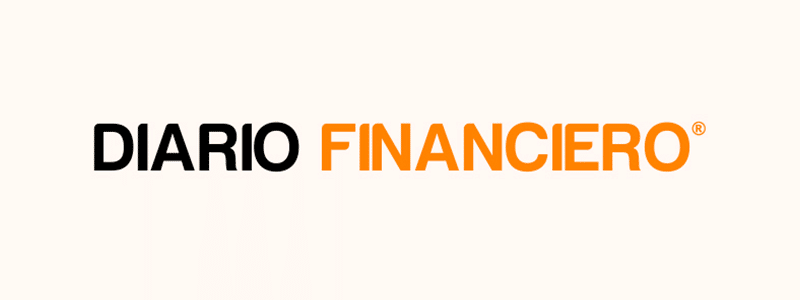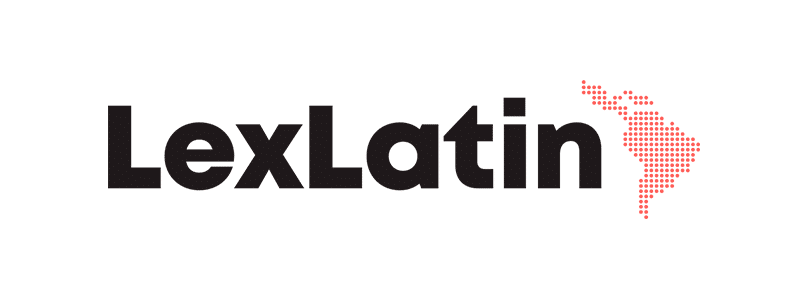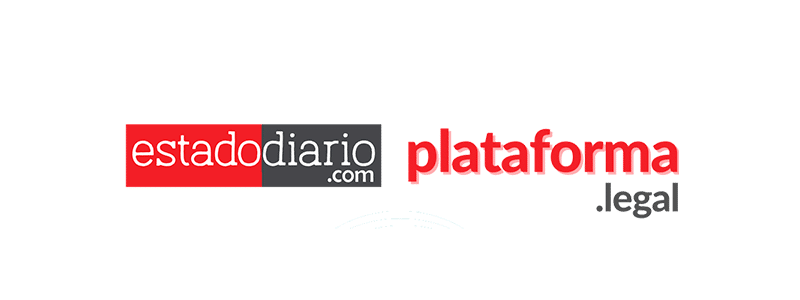Our partner Eugenio Gormáz talked to Diario Financiero about the impact that the Madrid Protocol has had on the internationalization of local trademarks.
The system that allows filing an application for international registration in a centralized manner has simplified the process for national companies, but experts warn that it is still not being fully exploited.
July will mark three years of operation of the Madrid Protocol in Chile, a system that allows filing an international trademark or product registration application in a centralized manner, through a system administered by the World Intellectual Property Organization (WIPO).
In this period, this implementation has allowed Chilean companies to access international markets in a simpler, more economical and efficient way, by being able to register their trademarks in up to 130 countries through a single application, in a single language and paying a single set of fees.
‘It is a tool that directly benefits the competitiveness of national exporters, since it protects their intangible assets, which are key for differentiation in global markets’, explains the national director of the National Institute of Intellectual Property (Inapi), Esteban Figueroa, and says that it also provides an added value to the internationalization strategy of products with local identity, allowing a more agile and secure expansion in foreign economies.
Thus, according to Inapi figures, more than 160 applications for national trademarks have already been filed through this tool. As more companies take advantage of this system, Chile consolidates its image as a country that promotes innovation and the effective protection of the rights of its enterprises and exports’, says Figueroa.
The partner of the firm Sargent & Krahn, Cristián Barros, considers that this system has been beneficial for SMEs and startups, by simplifying and reducing the cost of the process of mass internationalization of their brands. With the implementation of this protocol it is possible to protect a trademark in multiple countries through a single application, which represents a saving in time and administrative costs.
Barriers
A more critical view of the system has the leading partner of the IP, Tech and Data Group of Albagli Zaliasnik (az), Eugenio Gormáz, who comments that although the Madrid Protocol was presented as a great opportunity for SMEs and startups to register their trademarks abroad, in practice, its impact has been quite limited for this segment of companies.
‘Many of these companies do not have the financial capacity or a sufficiently developed internationalization strategy or zeal. In this sense, to think that with a single international application via protocol the whole trademark issue is solved is wrong’, says Gormáz, and adds that, even understanding that there may be SMEs and startups that have occasionally benefited from this system, he believes that the impact on them ‘has been considerably lower than the original estimates’.
Countries can take up to 18 months to review an application, plus the two to three months it takes WIPO to review initially. This makes it impractical’, he explains, and indicates that companies prefer to continue with the traditional system of registering country by country (although it involves a higher cost) and thus not wait almost two years. Specifically, since the entry into force of the protocol, the country has received 13,347 applications for international trademarks, according to Inapi data, which contrasts with the more than 160 applications for national trademarks filed through this system.
However, for the national director of the agency, this asymmetry between applications does not represent a problem, but rather shows that the country is consolidating as an attractive and relevant market for foreign companies seeking to protect their trademarks and establish a commercial presence in Chile.



